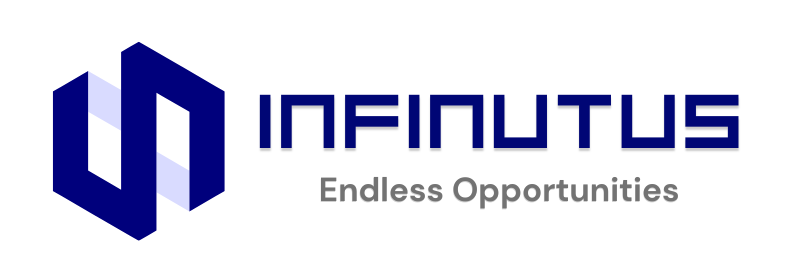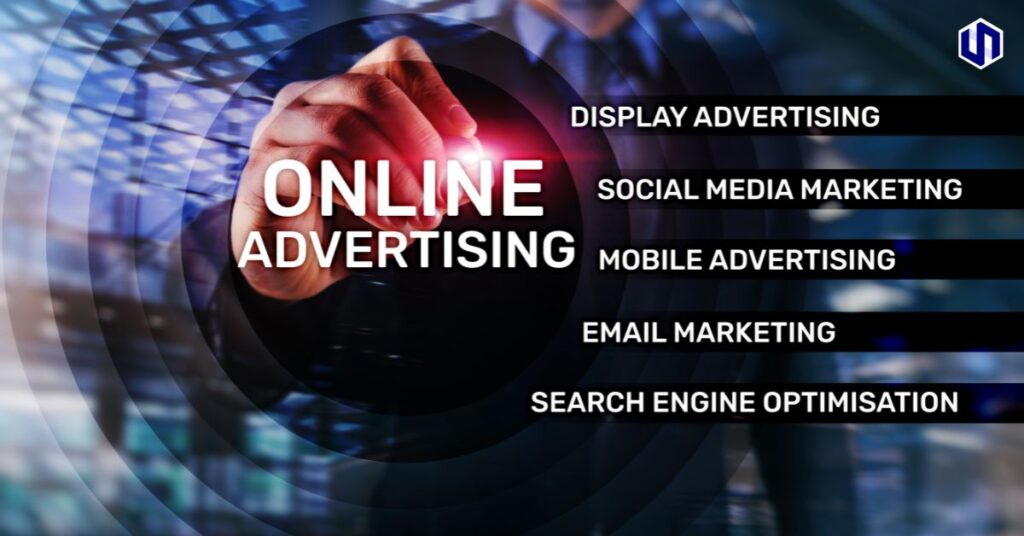
Why AI is Changing the Social Media Game (And You Should Be Paying Attention)
AI in social media isn’t just a trend – it’s shaping the future of how we interact with digital platforms. From personalized feeds to smarter ads, faster customer service, and even spotting trends in real-time, AI is making social media better for both users and brands. If you haven’t started paying attention to AI yet, it’s time to hop on the train – because this technology is here to stay.




